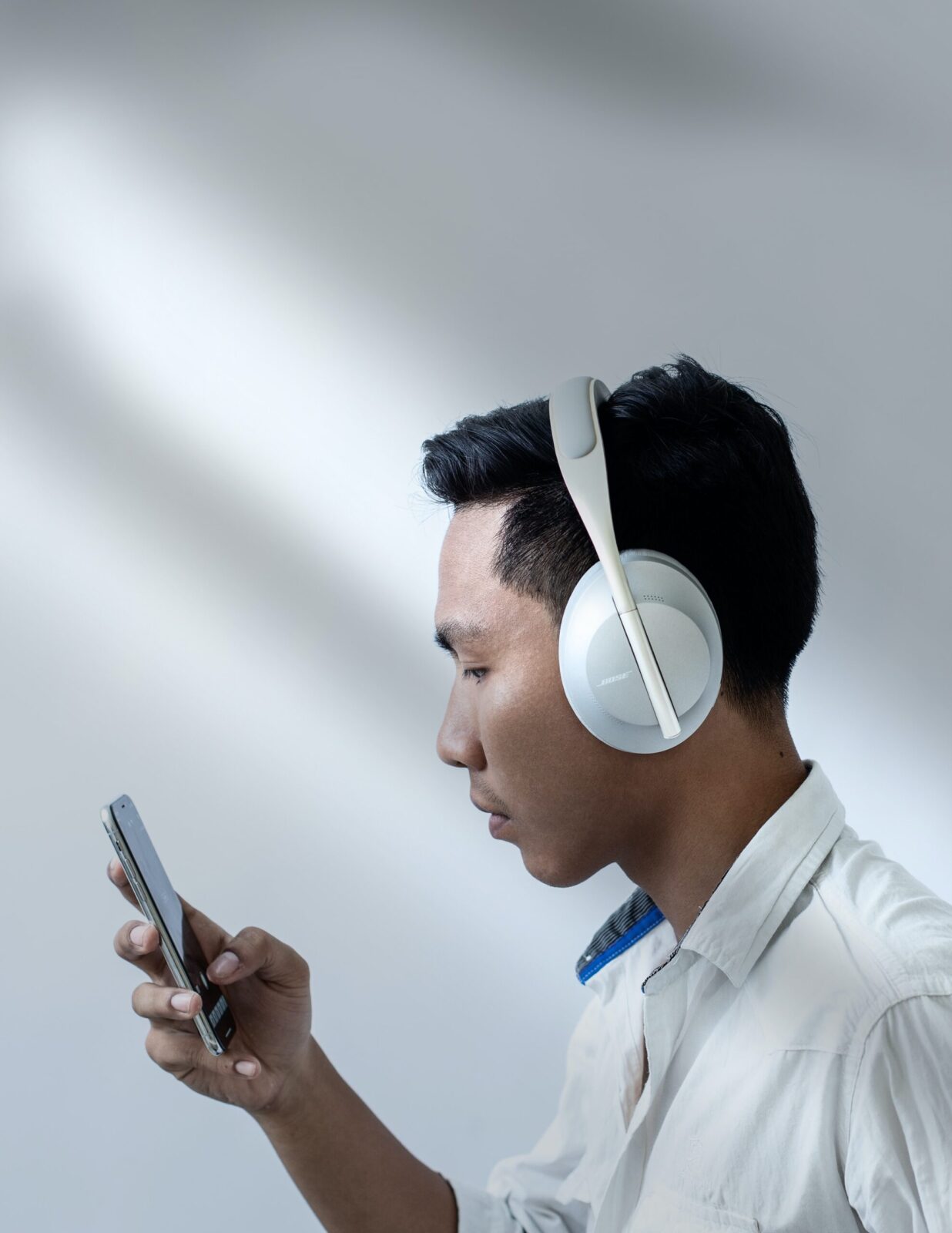How Social Media Exploits Our Loneliness to Create Its Own Demand
Imagine you are sitting home alone (not so difficult to imagine these days, considering over 3 in 5 Americans were lonely even before the pandemic) and have some time on your hands. What will you do with your free time? Call a friend? Read a book? If you’re like most people these days, you may be thinking, “I wish, but that’s so passé, oh out-of-touch writer. Why don’t you climb out from the rock you are under and greet the 2020s?”
Yes, it’s true (sigh) that most of us are choosing Facebook, Instagram or gaming over playing the guitar, going for a walk with a friend or belting out some karaoke tunes. Alternatively, we are plopping down on the sofa, grabbing the remote and …
Watching the People We Once Were
It is no coincidence that “reality shows” became popular after the advent of social media. Before the Internet, many would have responded to the concept of a reality TV show with “Why would I want to watch someone like me?” Now we watch because we are not viewing people like ourselves; rather, we are viewing people like who we once were.
There is now a huge demand to know what’s transpiring in the lives of real, everyday people who interact with others in real time (which reality shows supply) because these real, everyday people are gradually removing themselves from our lives—lock, stock, and barrel, but not Facebook page.
Capitalizing on our social isolation, reality shows tend to feature highly social characters with extended families and friendship networks. We want to know what real people are doing, but unlike the characters we binge watch, craving what they have, we’re not prepared to step away from our screen to walk or drive over to see them. Instead, we follow them virtually on social media and watch them on TV.
Your Worst Quenches Their Thirst
Social media has, strangely, created its own demand. By isolating you from your friends, your loneliness becomes greater and you feel more motivated by what the British psychologist Pamela Qualter calls the “reaffiliation motive” to check your social media and see what your friends are doing.
It doesn’t work. In some ways, social media is like calling the delivery number of a pizza franchise in your neighborhood. The more frequently you order, the fatter and less capable of walking outside to a grocery store or restaurant you become.
So what do you do? You call the delivery number more often to save yourself from an increasingly challenging walk (to real, face-to-face connection). Perceptively summarizing this phenomenon, the Italian novelist Umberto Eco once wrote:
The Internet is one thing and its opposite. It could remedy the loneliness of many, but it turns out it has multiplied it; the Internet has allowed many to work from home, and that has increased their isolation. And it generates its own remedies to eliminate this isolation, Twitter, Facebook, which end up increasing it.
Immobilized Without Connection
By putting you in contact with the many who matter little to you (e.g., former classmates you didn’t even speak with in real time back then, friends of friends who are not friends for a reason), social media diminishes your ability to connect in real time with the few who matter a lot. Again, research identified this paradoxical effect of the Internet. So we know what’s happening, yet seem helpless to change our habits.
Even worse—and more chilling—a new study has found that the more time you spend on your phone, the less enjoyment you derive from real-time conversations with the people who have truly been there for you in your life. You begin to perceive them, with all of their time-consuming idiosyncrasies, as requiring too much effort.
Yet you still crave the intimate connection that only real-time interaction produces, which expands your demand for what seems the easiest, most effortless way to tap into it—ironically, the technology that’s stamped it out of your life—social media.
So, like the pizza chain gleefully delivering delicious, non-nutritious food to your home, social media throws you overboard and then dangles a life preserver in front of your flailing, desperately lonely, sputtering body. You never quite make it back into the boat of human connection, but neither do you have the capability to swim away.
Make It Happen
Here is one strategy I can recommend from my new book Screened In: The Art of Living Free in the Digital Age to stop touching your phone, on average, over 2.600 times per day, and begin replacing screen time with people time.
Put the apps you open multiple times daily—including all social media apps—onto your last screen. Decide how many times you want to check these apps weekly and only right swipe to the final screen on those occasions. This single act will make you more conscious of the decisions you are making innumerable times every single day of your precious life to attempt to connect with others through your phone rather than in person.
What will happen when the existential angst sets in of not having your electronic comfort object to turn to at every potentially calm moment in your day? You may actually use your phone as … get ready … a phone. You might call some of the people who are or could become part of your social convoy that travels with you through your successes and challenges in life and keeps you in good social, physical and mental health.
Give this strategy a try. Once you become accustomed to regulating how often you check your most addictive apps, you will begin to answer the phone and no longer perceive the caller as an irritating obstacle to the pruning of your social media message queue. You will start to replace loneliness with real-time connection and derive more enjoyment from this vast, beautiful world out there.
Have you noticed that connecting on social media creates more disconnection in your life?




